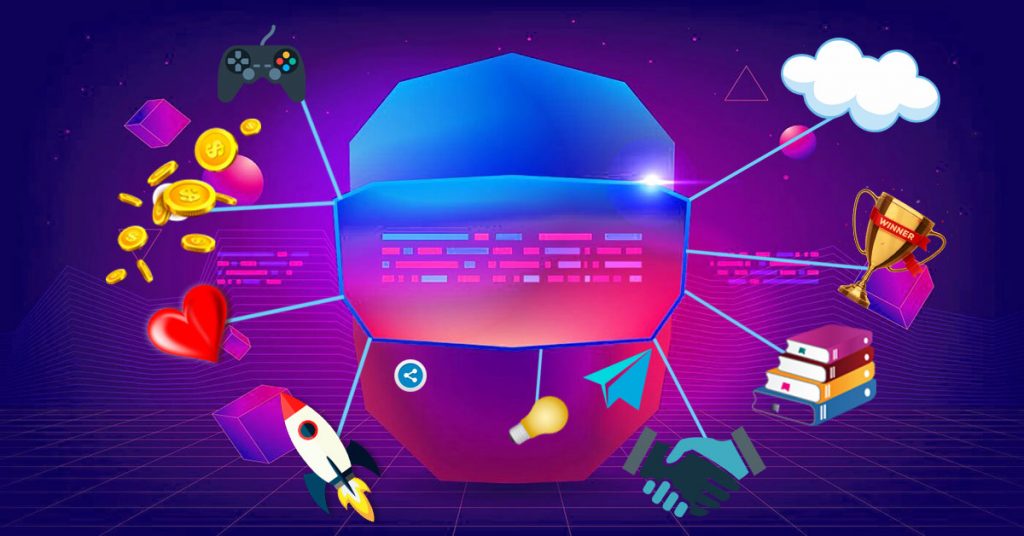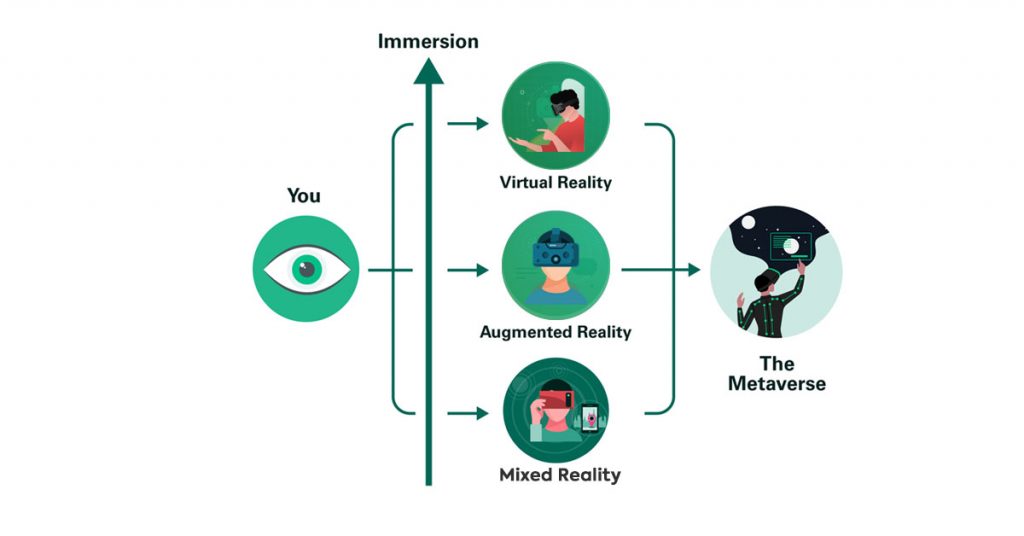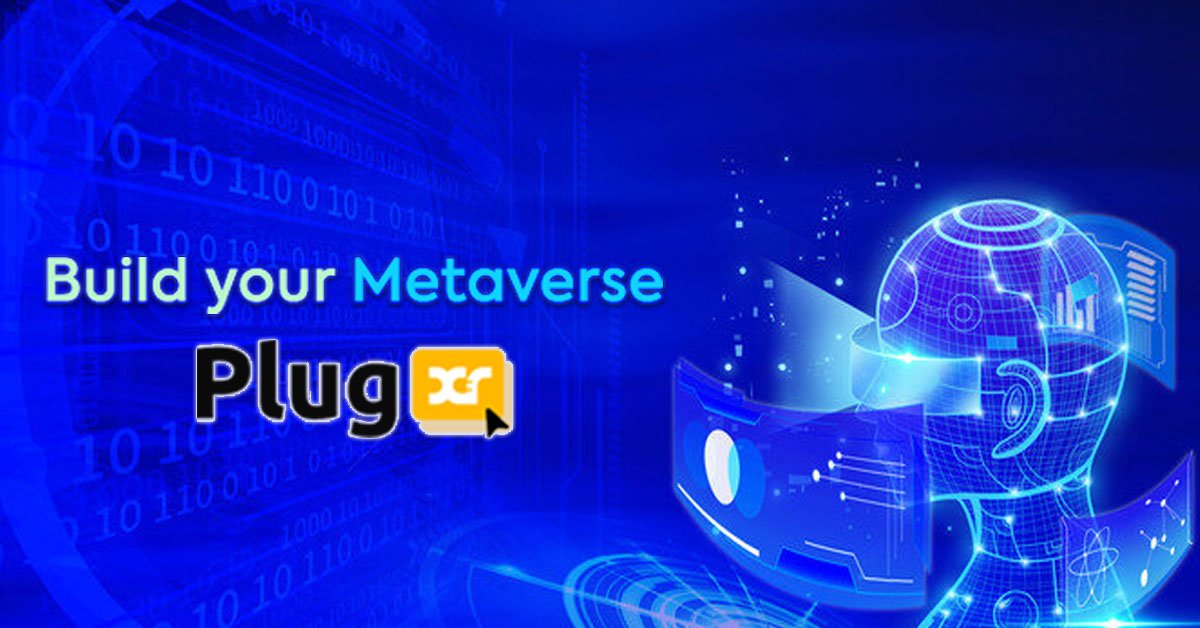The term metaverse has been trending on the internet recently. The news that Facebook would be renamed Meta was met with skepticism and excitement. Experts define it as a new way to connect with people virtually that could potentially replace its physical counterpart. While the world debates the utility of a lavish virtual reality, one should consider what the Metaverse world has to offer. There have been various applications for this technology, and it is clear that the future holds a lot more for this promising technology.
Creating a Metaverse World is the most trending topic in the market in the fast-growing digital era. Businesses across industries have already been looking for ways to Create a Metaverse component or Metaverse-based solutions such as extended reality headsets, blockchain and non-fungible tokens (NFTs), IoT, and cloud technologies. That exploration will likely continue in new directions as these developing technologies interconnect and mature. As a result, IT leaders may want to understand and work on metaverse examples and use cases both now and in the future.
What is Metaverse?
The Metaverse is a virtual space that combines the physical and digital worlds and allows users to interact through 3D avatars. It’s a virtual platform augmented by various interactive and 3D technologies that provide users with fully immersive experiences. In September 2021, Facebook announced adopting its Metaworse world and extending social media to a new level, one of the most well-known examples of metaverse creation. Meta describes this as “the next evolution of social connection.” The goal of changing names was to adapt to future changes in the Digital World and improve social interaction.
Companies such as Microsoft, Google, Apple, Epic Games, and many others in the technology world, like Meta, are developing applications and tools to be a part of this new virtual universe.

What possibilities exist within the Metaverse Ecosystem?
Because the development of the Metaverse world is still in its early stages, with companies like Facebook constructing the infrastructure needed to function, the limits of what can and cannot be done are unclear. Furthermore, its creators intend for users to contribute ideas and implement them in the metaverse world to the extent that technology allows. It appears obvious that it will be the evolution of the internet as we know it today, with some of the most significant changes occurring in the way we consume and create content, as well as in how we interact socially.
Online Shopping
Even though it is now possible to shop online, the Metaverse world would make it feel much more real because each user’s avatar would be able to virtually try on clothes, allowing the user to see how they would look wearing them.
Work
During his presentation of his Metaverse, Zuckerberg stated that one of the goals was for it to create a place of work where people could gather in virtual spaces as if they were physically present and where they would have the tools needed to hold meetings, work, give presentations, and so on.
Entertainment
One example of how the entertainment industry can change is the ability to feel as if you are in the same space as the artist and the audience at a concert without leaving your living room.
Advanced Technologies to develop the Metaverse World

Augmented reality (AR)
AR is a virtual overlay that is superimposed on the real world. Niantic’s Pokemon Go, Snapchat’s dancing hot dog, and even wearables like Google Glass are examples. While Google Glass has not yet been developed, we may soon see AR-connected glasses such as Facebook’s Ray-Ban Stories or Snapchat Spectacles.
Virtual reality (VR)
Virtual reality is an immersive experience in which the user wears a headset and sees, accesses, and operates in a digital world. VR employs full headsets rather than glasses to immerse the user in a 360° digital world where they can move as long as they do not collide with physical walls.
Mixed reality (MR)
Mixed reality comprises the elements of both virtual reality and augmented reality. Virtual and physical or real-world objects can interact with one another, and virtual objects can interact with real-world objects. The Snapchat hot dog, for example, can walk across a table without falling off the edges.
Extended reality
Extended reality is the catch-all term for VR, AR, and MR, which frequently overlap. As the Metaverse world becomes a reality, the distinctions between VR, AR, and MR may blur, making XR a more appropriate term.
How to create your own Metaverse world?
As we all know, world development necessitates significant investment and extensive research. As with any new technology, the best strategy would take some time and start small. Creating your metaverse world has a lot of potential, and technological advancements have already contributed to developing new markets, such as the sale of virtual goods and real estate. The metaverse world also opens up exciting new opportunities for brands to engage with their customers by visualizing product catalogs, delivering interactive content, and providing personalized service.
The Metaworld is complex, and the structures we build into it must support interoperability and be as persistent and synchronous to the real world as possible. It must also be secure enough to allow for transactions, establishing an economic foundation. The virtual world must also be filled with content and experiences that remain true to its meaning.
Undoubtedly, Augmented Reality will have many more applications in the near future, necessitating an equally large workforce of developers. Fortunately, several no-code Augmented Reality development platforms can be used to create AR applications and interfaces.
PlugXR is a no-code Metaverse world development platform that allows you to create an AR experience and applications, which you can publish on WebAR or embed in another application. Furthermore, with no coding skills required and a low time and cost of development, Plugxr has become a popular choice among AR development platforms.
Final Thoughts
AR/VR is the future technology, and with its increasing demand in various domains, the no-code platform by PlugXR is the most preferred one for creating AR experiences. Do you need help and support getting started with your Metaverse project? Let’s talk about it! Contact us today to discuss your metaverse world concept.

